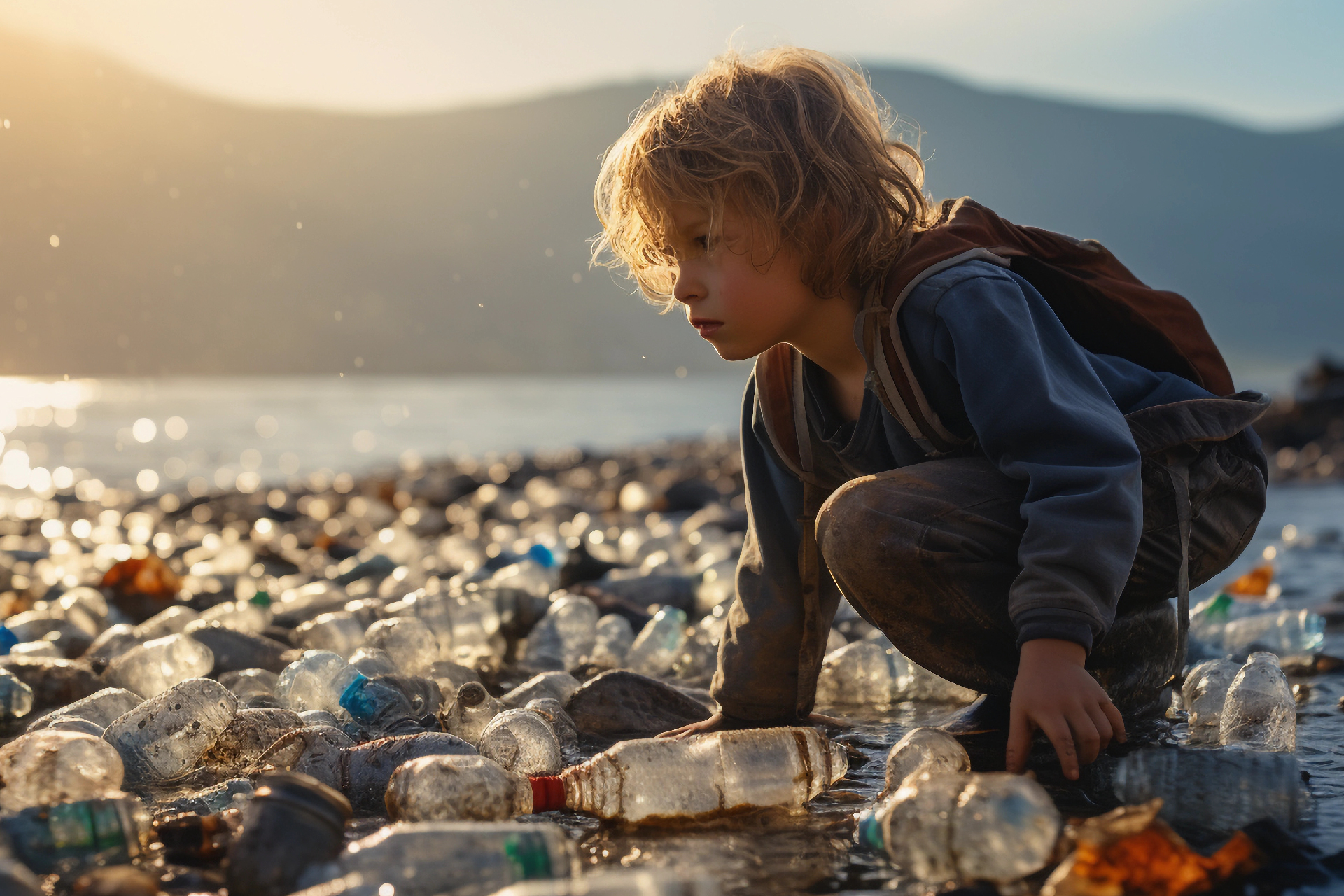Today, plastic is one of the materials we use the most in our daily lives. It is also the most abundant waste we produce. Excessive consumption has led to what we call plastic pollution.
Plastic production has increased exponentially since the first synthetic polymer was manufactured in 1909. It is estimated that 350 million tonnes of plastic are generated every year, and it is calculated that its production will quadruple by 2050. Most of it was generated in the past 20 years, mainly due to disposable containers that quickly become waste.
Given its durability and resistance, this waste is considered a persistent pollutant because it has a very slow degradation rate. According to data from the UN Environment Programme, its recycling rate is very low, less than 10%, and most of it accumulates in landfills or directly in the environment.
Plastic has most certainly changed our lives. What just a few years ago was a symbol of development has now become a serious environmental issue, due to improper waste management.
Riverways bring sediment and organic material to the oceans that sustain a multitude of ocean ecosystems; for this reason, a material as lightweight as plastic, that can degrade into miniscule parts, finds an easy way to continue its path toward the sea through rivers.
The leading causes of plastic pollution in rivers, which affects our aquatic ecosystems, range from mass plastic production, poorly managed waste, urban and industrial run-off, and storms and swollen rivers, to a lack of awareness and education regarding the harmful effects of improperly managed plastic.
Rivers can pick up abandoned waste from inland towns and transport it toward the sea. A study published in 2017 by a German research team estimated that the majority of plastic waste in the ocean comes from sources on land, due to the transporting action of rivers.
The authors found a direct relationship between the amount of plastic waste that ends up in rivers and inadequate elimination at the site of origin, which proportionally increased with the volume of water transported by the rivers and the distance they travelled.
Most plastics are visible, but some of them, due to their small size, go unnoticed. Most of the population is not aware of how harmful they can be, since they are a part of many products for everyday use, like detergent, toothpaste, cosmetic products, and even many synthetic clothing fibres. We are talking about microplastics, tiny plastic particles, normally smaller than 5 mm, which are just as unknown as they are dangerous, since they are difficult to degrade.
To tackle plastic river pollution, we must address the problem as quickly as possible. This means prevention, reduction, investment in infrastructure and waste management services, an improved legal framework, environmental awareness, and fostering sustainable practises to protect our rivers and aquatic ecosystems.
There are many innovative initiatives that are already tackling this issue to prevent plastic from reaching the sea. For example, an up-and-coming German company founded in 2019 has become one of the first companies in the world to handle plastic pollution by removing it from rivers. The technology they developed is called TrashBoom and consists of a floating barrier that stops most plastic floating in rivers.
There are other innovative technologies that are helping to capture plastic from rivers by developing low-cost solutions that are easy to replicate in other areas, and that also boost local employment. In turn, many governments and organisations are also working to extract plastic from their local rivers.
The global issue of plastic waste might seem overwhelming, but we already have innovative solutions that are providing very promising results, removing plastic from rivers and properly managing it at the source.







